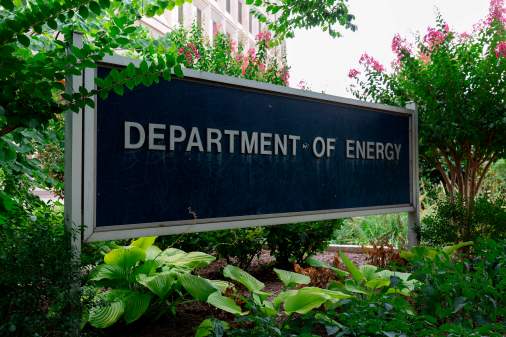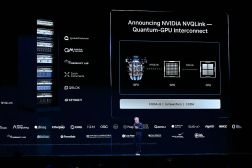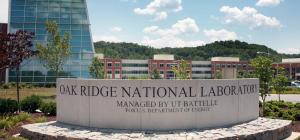Energy Department announces another supercomputer: Doudna

Energy Secretary Chris Wright announced Thursday that the government would build a new supercomputer powered by NVIDIA chips and based at a department user facility at the Lawrence Berkeley National Laboratory.
Officials said the supercomputer will be named Doudna after UC Berkeley scientist Jennifer Doudna, who co-invented CRISPR gene editing technology and won the Nobel Prize back in 2020.
The Doudna supercomputer, which is geared toward high-performance computing and training artificial intelligence technology, will be based at the National Energy Research Scientific Computing Center. It is only the latest Energy Department project designed for the AI age: El Capitan, a supercomputer based at Lawrence Livermore National Laboratories and currently the world’s fastest, is also designed with machine learning in mind, as is Frontier, a DOE supercomputer housed at the Oak Ridge National Laboratory in Tennessee.
A spokesperson would not comment further on how the Doudna supercomputer’s speeds might compare to other systems.
Government supercomputing projects, including those focused on AI, are now supported by the same national laboratory system that incubated the Manhattan Project, which produced the world’s first atomic weapons.
“The Doudna supercomputer represents DOE’s commitment to advancing American leadership in science, AI, and high-performance computing,” Wright said in a statement. “It will be a powerhouse for rapid innovation that will bring us abundant and affordable energy supplies, breakthroughs in quantum computing, and more.”
The supercomputer boasts some impressive hardware. The system will be built with NVIDIA Vera Rubin GPUs and CPUs, a next-generation platform announced last year and designed with some of the world’s most advanced semiconductors. Doudna will also rely on technology from Dell to optimize the system’s artificial intelligence applications and to liquid cool its infrastructure.
Doudna will be used for high-performance computing that could help with modeling molecular, high-energy physics. The hope is that the system will reduce the amount of time needed to make critical scientific discoveries.






